Forget the old rules. 2025 was the year art fairs finally confessed: this isn’t a temple, it’s a marketplace in costume, and no one’s buying the mask anymore.
Is the Art Fair Era Cracking or Evolving?
2025 was the year the art fair finally cracked its own shell. The champagne stayed cold, the chaos stayed, but the tone shifted. You could feel it from Seoul to Madrid. Less whispering, more plotting. The industry’s favorite performance, panic wrapped in glamour, suddenly felt dated.
Small and mid-sized galleries started hacking the system. Collectors stopped pretending to be mysterious. Even the mega fairs looked nervous. For the first time in years, something resembling change crept in under the fluorescent lights. The room didn’t feel exclusive anymore; it felt aware.
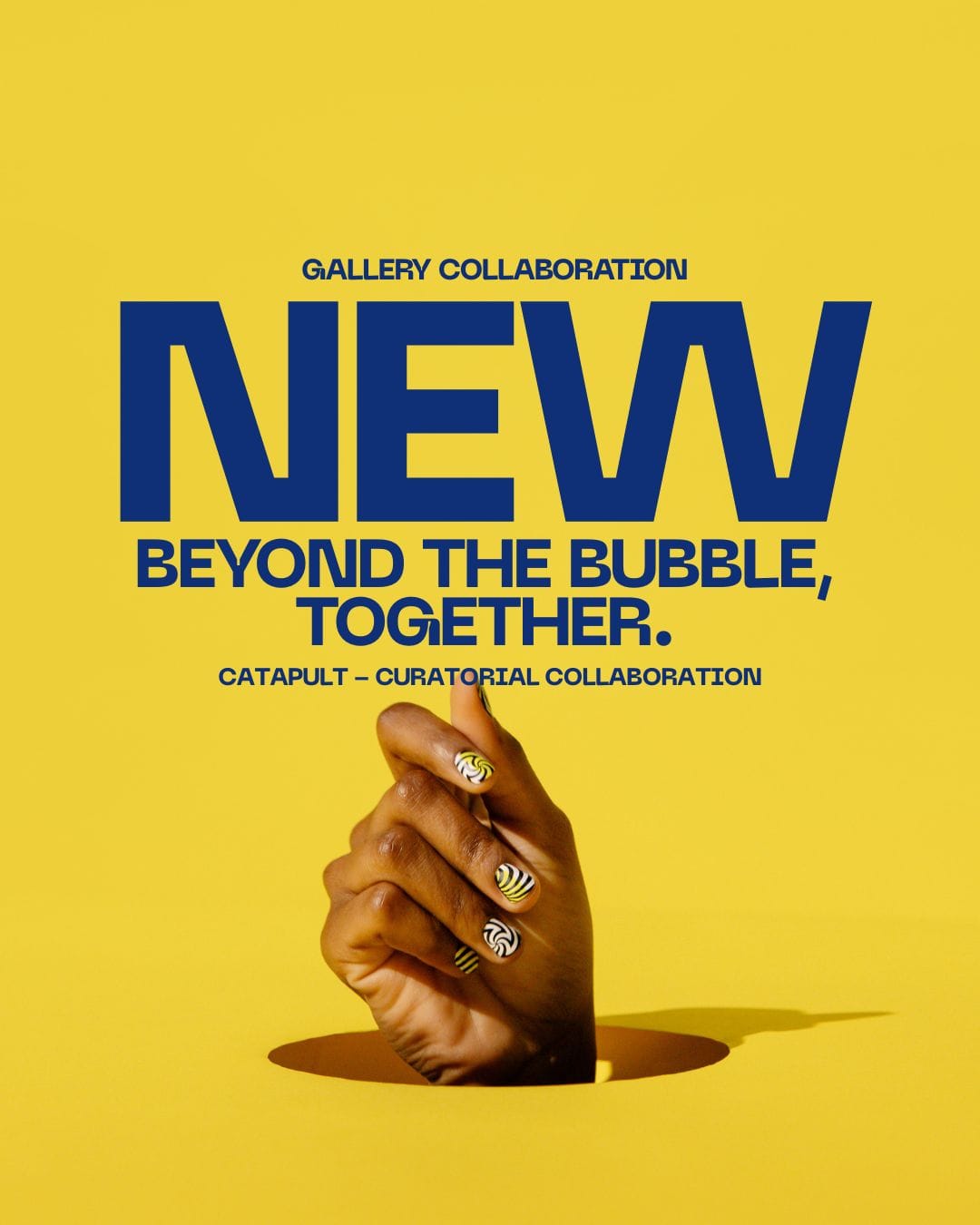
For Galleries - Work with us
Visibility still ruled, but it finally started to make sense. The math didn’t change, the mindset did. Galleries stopped paying for prestige and started paying for possibility. Booths got smaller, ideas got bigger, and conversations replaced transactions.
The gamble stayed, but it felt different. Less about survival, more about redesign. Everyone knew the old model had cracks, yet this year people started patching them together in public. The panic turned into motion. Instead of pretending everything was fine, they began adjusting in real time.
The most interesting thing on the fair map this year wasn’t the biggest booth; it was the shared one. Two or three galleries splitting space, mixing artists, creating stories that didn’t exist before. Collaboration stopped being a buzzword and became the infrastructure for staying visible.
It was pragmatic, not poetic. But it opened doors, lowered walls, and gave the fairs the one thing they’d been missing, real momentum. The new power move wasn’t scale, it was trust.
The best energy wasn’t at the top-tier fairs at all. It was in the emerging ecosystems, the ones still figuring themselves out.
Warsaw (NADA Villa Warsaw), Lisbon (ARCO Lisboa), Art Antwerp ,Seoul Kiaf SEOUL , Vienna ( Vienna Contemporary and Spark Art Fair) and Stage Bregenz . Places where collectors show up curious, and artists build context, not spectacle.
The regional fairs learned how to stretch smaller budgets into bigger stories.
Places where collectors show up curious, and artists build context, not spectacle. The regional fairs learned how to stretch smaller budgets into bigger stories.
What began as necessity turned into advantage. These fairs proved that relevance travels faster than luxury.
Even the digital arm matured. Online platforms stopped pretending to replace the fair and started extending it. Viewing rooms worked, streams felt real, and collectors who couldn’t travel still bought in. The screen turned from enemy to amplifier.
By year’s end, the smartest fairs were building hybrid ecosystems, half physical, half digital, all connected. It wasn’t innovation for headlines, it was infrastructure for the next decade.
Across the board, hierarchy gave way to network. The fairs no longer dictated what mattered; artists, smaller galleries, and even audiences shaped the rhythm. What used to be controlled from the top now moved sideways.
The most radical thing wasn’t rebellion, it was redesign. People didn’t wait for permission. They built new circuits of visibility until the old ones quietly lost power.
If 2025 cracked the surface, 2026 will be the rebuild. The fairs that survive will stop faking scarcity and start celebrating presence. The ones that die will be the ones that kept pretending they were above it all.
Next year’s fairs will look less like luxury malls and more like living ecosystems, equal parts booth, browser, and backroom. Fewer velvet ropes, more open invitations. Fewer walls, more tables. Less about who gets in, more about who shows up.
Maybe it’s not evolution. Maybe it’s just the moment the system remembered what it’s for.
2025 was the reset. 2026 is the remix.
If you are still chasing velvet ropes, the show is over.
The rest are already turning the fair into a dance floor.
From the series:
Dominique’s Lost in Translation.
New every Tuesday.
If nothing breaks, burns, or beeps.
Author: Dominique Foertig is the founder and editor of Catapult – The New Munchies Art Club, a Vienna-based curatorial and editorial platform for contemporary art.
This is independent art writing - no paywall, no ads, no bullshit.If you value this voice, support it.
Check out Vienna's art fairs:
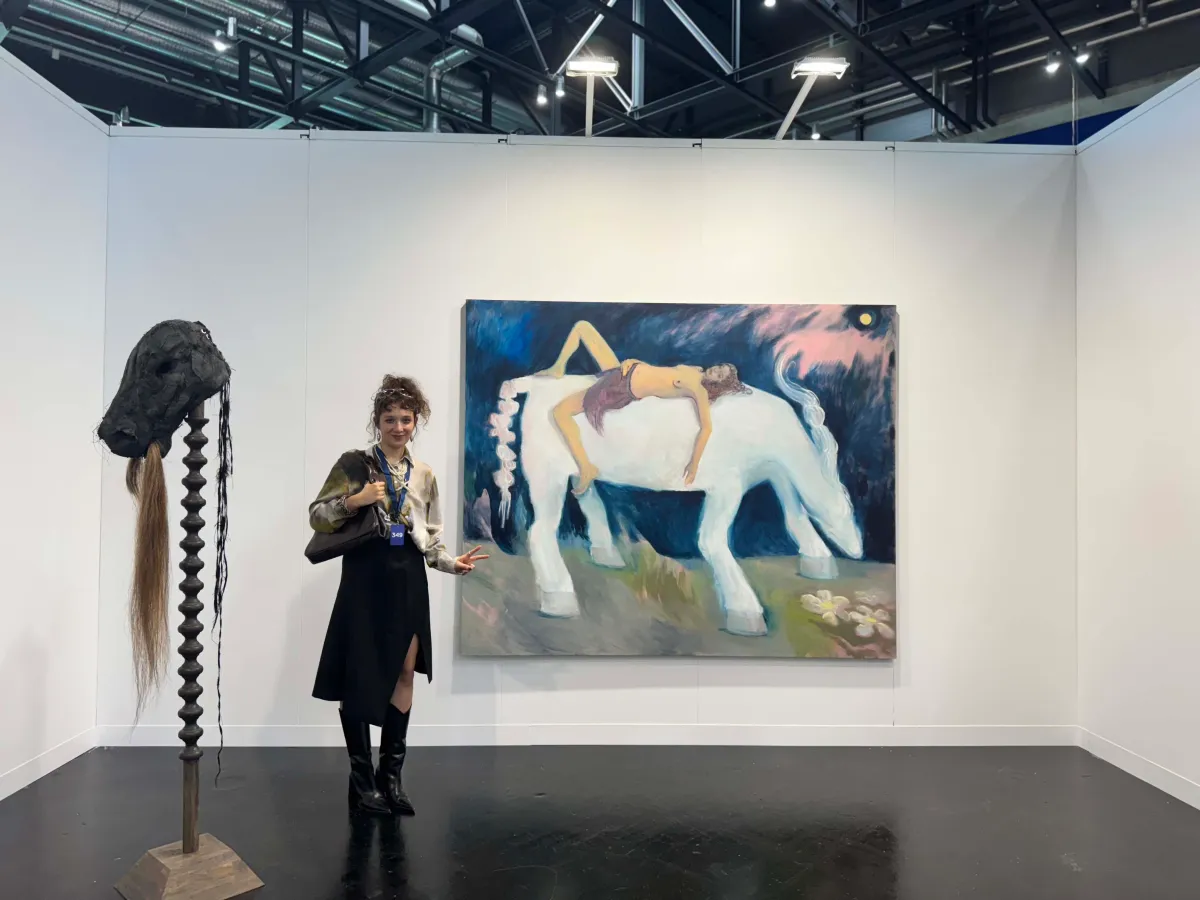
Viennas Contemporary Art Fair
AND
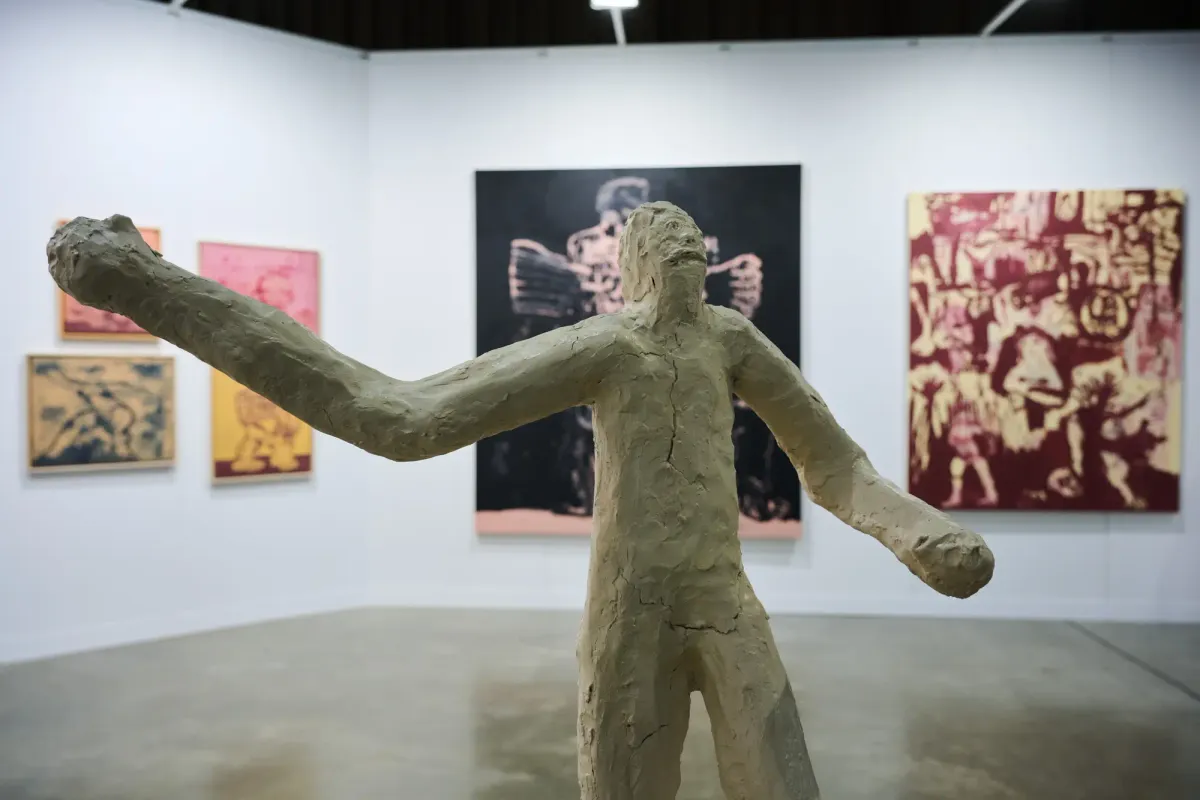
as well as our more alternative art fair:








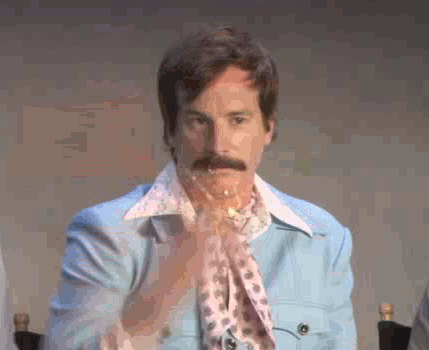
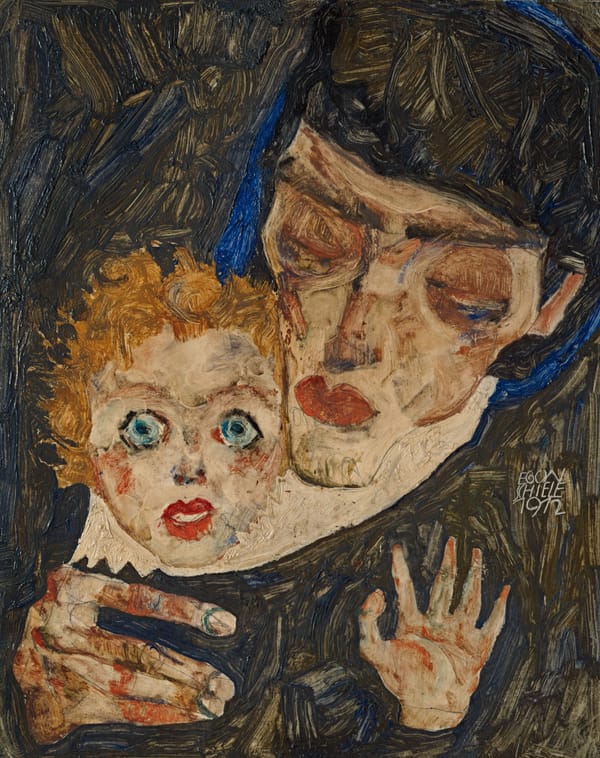
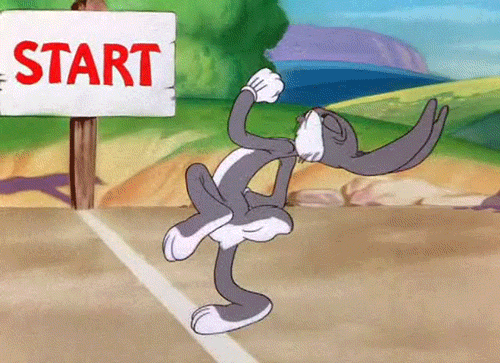

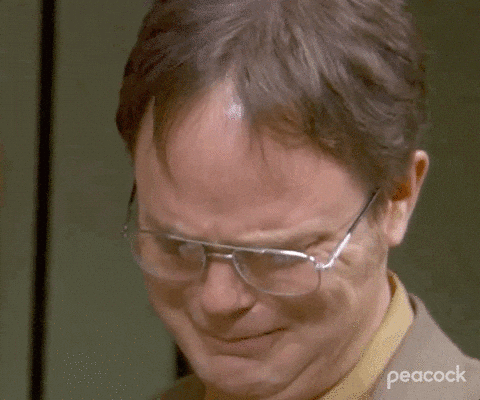
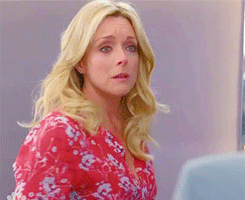
Member discussion